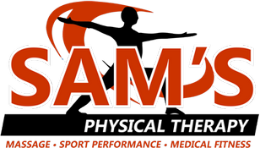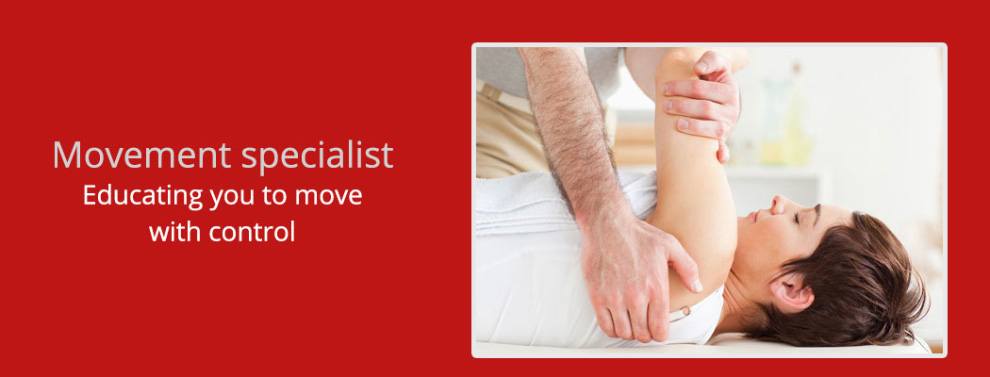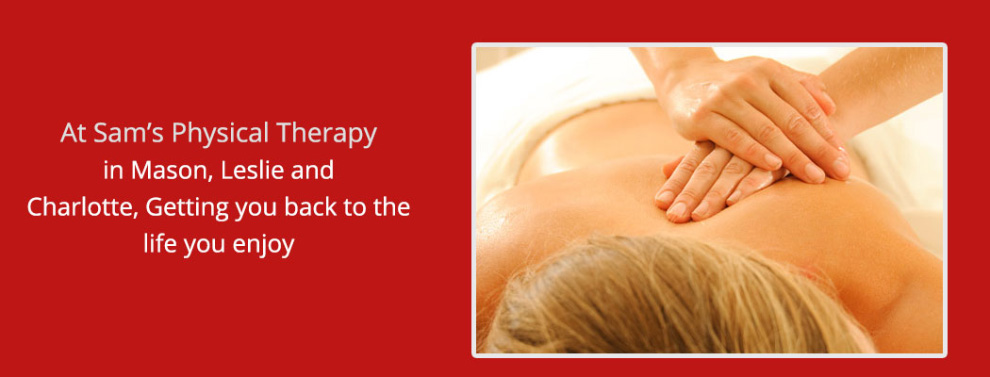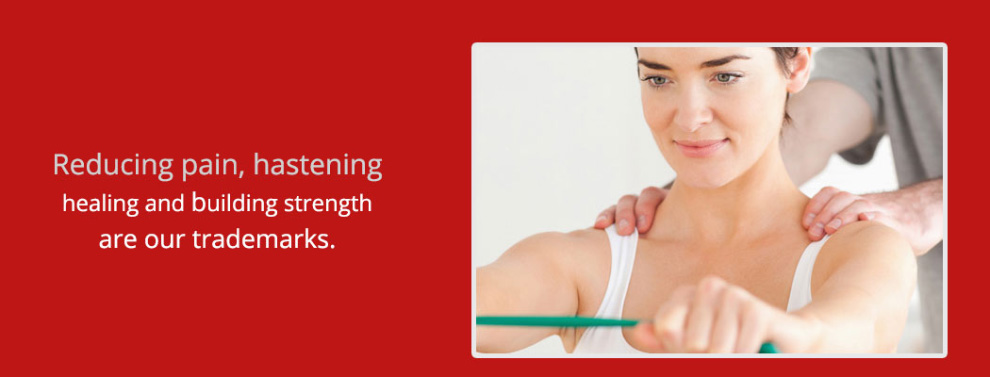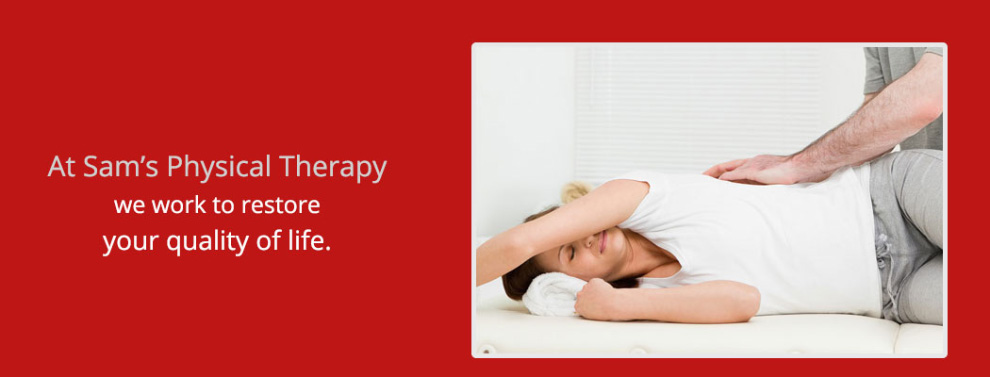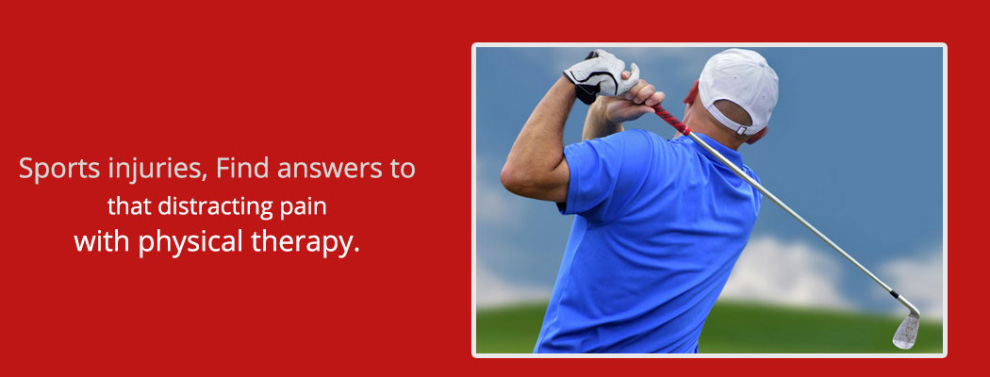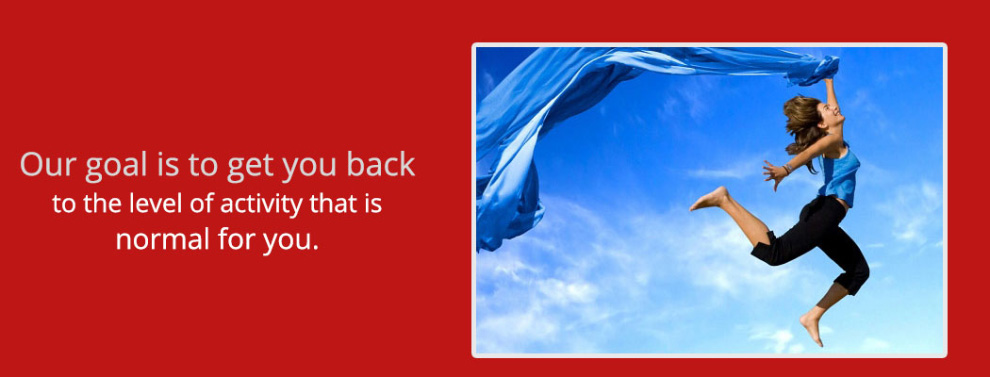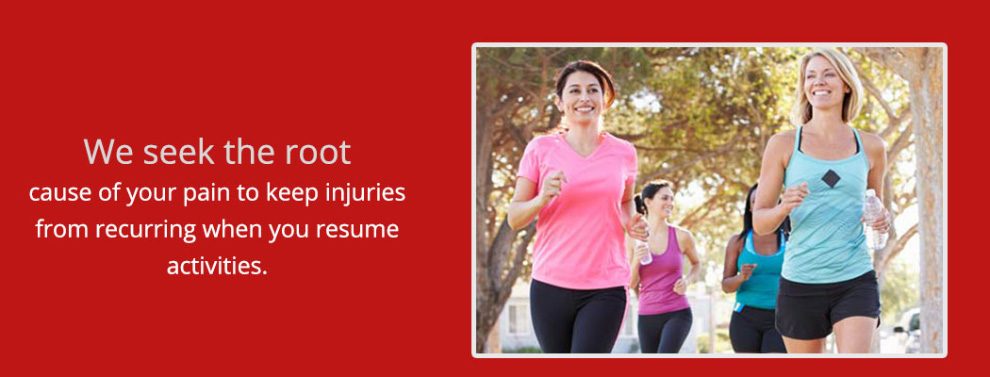Physical therapy in Leslie, Mason and Charlotte for Lower Back Issues
Q: I am in a rehab program for my chronic low back pain. The physical therapist wants me to join a group doing an exercise program called Pilates. What can you tell me about it? Does it work? Is it worth the extra time?
A: If you haven't heard about Pilates, you're not alone. But for the millions of people who have discovered and now use of this specialized exercise for core stabilization, you will find the results of this study of interest. And if you are looking for some help with exercise, fitness, or rehabilitation from an injury, Pilates may be something to consider.
Pilates is actually the name of the German born man (Joseph Pilates) who first developed this technique back in the mid-1900s. It was almost a lost art until about 10 years ago. And then the momentum behind the Pilates movement seemed to snowball. The word spread and now it is a technique that is offered in classes at the local YMCA, health club, fitness center and even physical therapy clinics.
The combined use of focus, breathing, rhythmical movement, and precision results in total body strengthening (not just the core or central muscles of the abdomen and trunk). Weaker muscles start to contract and participate in the movement when stronger muscles are engaged. With improved muscle control comes better alignment and protection of the spine. The end result is the ability to perform even more advanced skilled movements with perfect balance and coordination.
You can see why this approach appeals to dancers, martial artists, and athletes of all kinds who need strength, balance, coordination, and endurance all at the same time. And physical therapists quickly saw the advantage of these techniques for patients suffering from chronic back pain and recovering from injuries.
Research to better understand the effects of Pilates has fostered the growth of Pilates technique in rehab. It has been shown to help reduce stress and chronic back pain, improve flexibility, and promote better posture and relaxation. Future studies are needed to investigate the effects of using the traditional classical approach as taught by Joseph Pilates versus the modified forms of Pilates currently in use by physical therapists.
For example, his program has been varied and changed for the more physically challenged individual who cannot perform the advanced or technical Pilates techniques. Are these altered movements just as effective? More effective? Less effective? Is there any benefit at all in doing Pilates when there are any physical limitations?
These are all questions that must be addressed before physical therapists incorporate Pilates as a mainstream rehabilitation technique. In the meantime, some therapists are making good use of the Pilates technique as an effective tool for some patients.
Reference: Christine E. DiLorenzo, PT, DPT, CPI. Pilates: What Is It? Should It Be Used in Rehabilitation? In Sports Health. June/July 2011. Vol. 3. No. 6. Pp. 352-361.
Sam's Physical Therapy provides services for physical therapy in Leslie, Mason and Charlotte.
